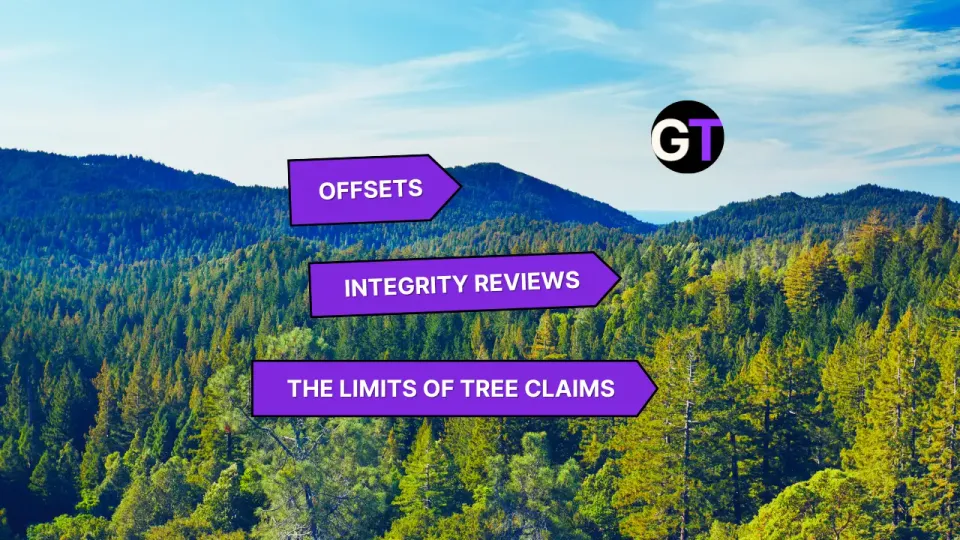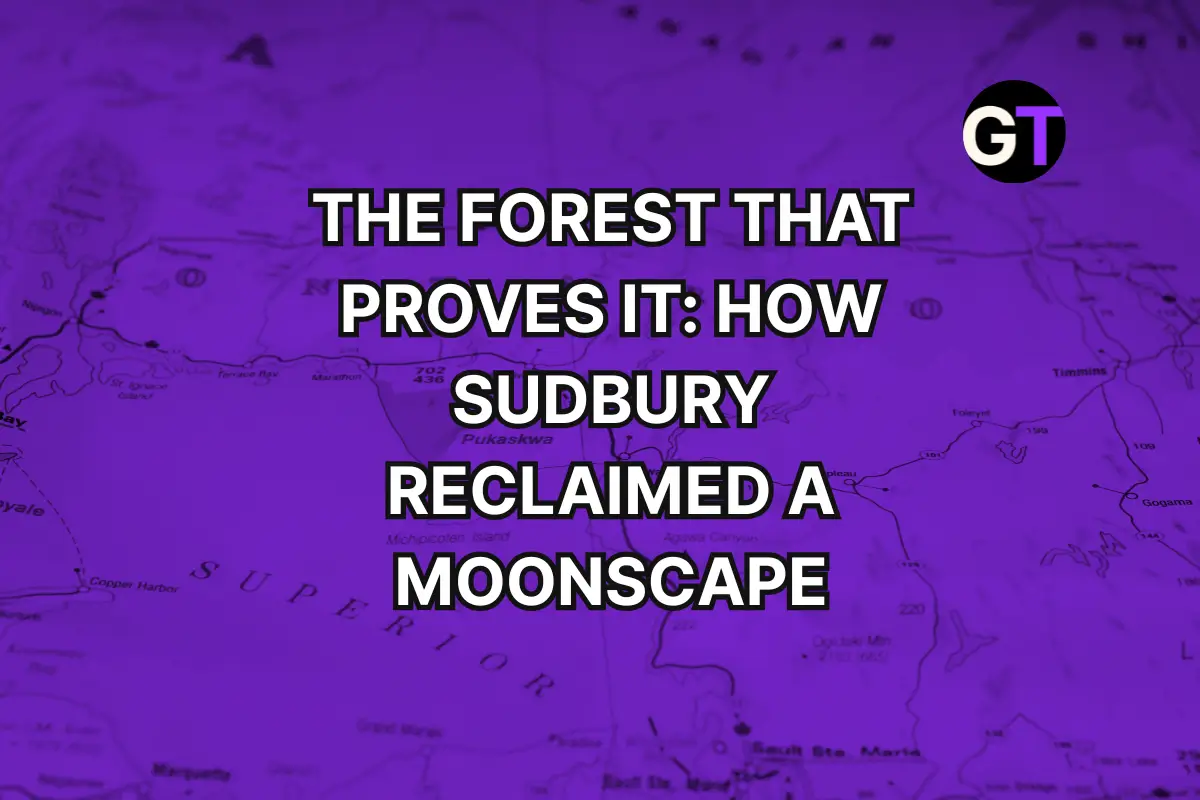From Amazon Credits to African Finance: This Week in Climate
Global climate updates: carbon deals, African finance gaps, youth restoration, and the fight to keep forests—and funding—alive.

Plan Vivo Opens Applications for Second Carbon Project Accelerator
Plan Vivo has opened applications for Cohort Two of its Project Accelerator—a 12-month bootcamp for turning scrappy, community-led carbon projects into market-ready heavy hitters. Run with Terranomics and a squad of eco-consulting sidekicks (EKOS, Form International, and The Landscapes and Livelihoods Group), the program takes on the big villains of the voluntary carbon market: high costs, brain-melting technical hurdles, and the eternal puzzle of genuine community engagement. This year’s upgrades? More hands-on technical wizardry, investor-readiness coaching, and peer-to-peer wisdom swaps. Because in the climate credit game, it’s not just about planting trees—it’s about planting them smart, selling the story, and keeping the receipts.
💬 Can a well-timed training montage turn grassroots projects into carbon-credit contenders?
👉👉 Read more via Plan Vivo
Standard Chartered & Acre Team Up to Monetize Amazon Conservation
Standard Chartered has inked a five-year pact with Brazil’s State of Acre to sell high-integrity forest protection carbon credits—five million by 2026—under the TREES methodology. In this first-of-its-kind deal between a global bank and a sub-national government, 72% of proceeds will flow to indigenous and local communities for sustainable livelihoods, with the rest funding governance and extreme-weather response. The aim: create a scalable model where keeping trees standing is worth more than cutting them down. Because in the Amazon, the real currency might just be the leaves.
💬 Can carbon credits actually tip the scales in favor of forest over fortune?
👉👉 Read more via Fintech Magazine
Integrity Council Greenlights Second ARR Carbon Credit Methodology
The Integrity Council for the Voluntary Carbon Market has conditionally approved the ACR Afforestation & Reforestation of Degraded Lands methodology—its second ARR approach to meet Core Carbon Principles. Approval applies only to natural forest establishment and restoration, ensuring real, additional carbon removals tied directly to project incentives. Around 7.8 million credits have already been issued and could carry the CCP label if conditions are met. With five more ARR methodologies under review, the move signals growing momentum for high-integrity forest restoration finance.
💬 Can stricter standards make tree-planting credits a climate tool we can actually trust?
👉👉 Read more via Ethical Marketing News
Liberia Climate Justice Summit Pushes Agroecology, Finance & Reforestation
ActionAid Liberia’s two-day Climate Justice Summit in Gbarnga wrapped with a resounding call for agroecology, people-powered climate finance, and large-scale reforestation to protect rural communities from escalating climate threats. Farmers, youth, civil society, and government agencies urged blending indigenous knowledge with modern farming methods, ensuring women and youth have a central role in climate planning. With one in four rural households facing food insecurity, the recommendations aim to mobilize targeted funding and community-led action to safeguard livelihoods, restore ecosystems, and build resilience against extreme weather.
💬 Can grassroots-led agroecology and reforestation outpace the climate crisis in Liberia’s farmlands?
👉👉 Read more via LAEJN
Green Finance in Africa: Growth, Gaps & the Green Bond Problem
Africa may contribute less than 4% of global greenhouse gas emissions, but when it comes to climate vulnerability, the continent’s stakes are sky-high. A new review finds that while green finance is gaining traction—from AfDB-backed projects to early green bond issuances—structural roadblocks remain. Think: high perceived investment risk, policy gaps, underdeveloped green bond markets, weak PPPs, and a heavy dependence on foreign capital. The study proposes a six-pillar fix, from shoring up regulatory frameworks to scaling low-carbon infrastructure. But without domestic financing muscle and stronger governance, Africa’s green finance dreams could stay stuck in the “potential” column.
💬 Can Africa turn green finance theory into bankable, resilient climate action before the investment window closes?
👉👉 Read more via Future Business Journal
Climate Finance Beyond the Balance Sheet: Nature, Justice & Local Realities
A new chapter in Climate Neutrality and Sustainable Ecosystems argues that climate finance shouldn’t just count carbon—it should value ecosystems, biodiversity, and the cultural ties that bind people to the land. The authors call for innovative financial instruments, stronger alignment with global climate goals, and a justice-first approach that blends policy, economy, and ecology. Their framework bridges high-level global agendas like the Paris Agreement with the gritty, local realities where climate resilience must actually be built. Because in the end, saving the planet isn’t just a numbers game—it’s a people game too.
💬 Can climate finance evolve fast enough to honor both planetary limits and community needs?
👉👉 Read more via Springer
Calling All Green Visionaries Under 35: YECO 2025 Wants You
The 2025 Youth Ecopreneur Programme (YECO) is on the hunt for young founders turning land restoration dreams into dirt-under-the-fingernails reality—think reforestation, agroforestry, wetland revival, invasive species control, and even tech-powered climate fixes. Backed by the International Trade Centre and the UNCCD-G20 Global Land Initiative, the programme offers mentorship, global visibility, legal and IP support, and a crack at $100,000 in equity-free grants—plus a $10K top prize and a fully funded international pitch trip. The deadline? September 14, 2025. Time to turn your green idea into global impact.
💬 Can today’s young ecopreneurs restore the planet faster than we’re losing it?
👉👉 Read more via YECO
When Forest Funding Dries Up, Who Keeps the Trees Standing?
The Forest Legacy Program (FLP) has quietly been one of America’s biggest wins for keeping “working forests” alive—protecting water, wildlife, rural jobs, and timber supply by paying landowners to forgo development rights. But with federal dollars slipping, including cuts to Inflation Reduction Act surge funding, the future of many projects hangs in the balance. While nonprofits, private donors, and states are rallying to fill the gap, experts warn that without steady public investment, America’s wood-basket towns risk losing both their trees and their paychecks.
💬 Can conservation survive on bake sales and good intentions—or does it need federal backbone?
👉👉 Read more via American Forest Management
Why Cutting the Strings on Conservation Funding Could Save More Wildlife
The Wildlife Conservation Network (WCN) says the best way to protect ecosystems is simple: trust the people who actually live there. In a recent Mongabay Newscast, CEO Jean-Gaël Collomb made the case for unrestricted funding to frontline groups, arguing they know best how to spend it—whether it’s stopping poachers, planting mangroves, or fixing a busted truck. But slow-moving grants and donor rules often keep money from reaching the ground quickly, reducing its impact. WCN is pushing for faster, more flexible funding flows and building trust through direct engagement between donors and community conservationists.
💬 Could untying the purse strings be the fastest way to save the planet?
👉👉 Read more via Mongabay

Edited by Chris Harris

This work is licensed under a
Creative Commons Attribution 4.0 International License.





